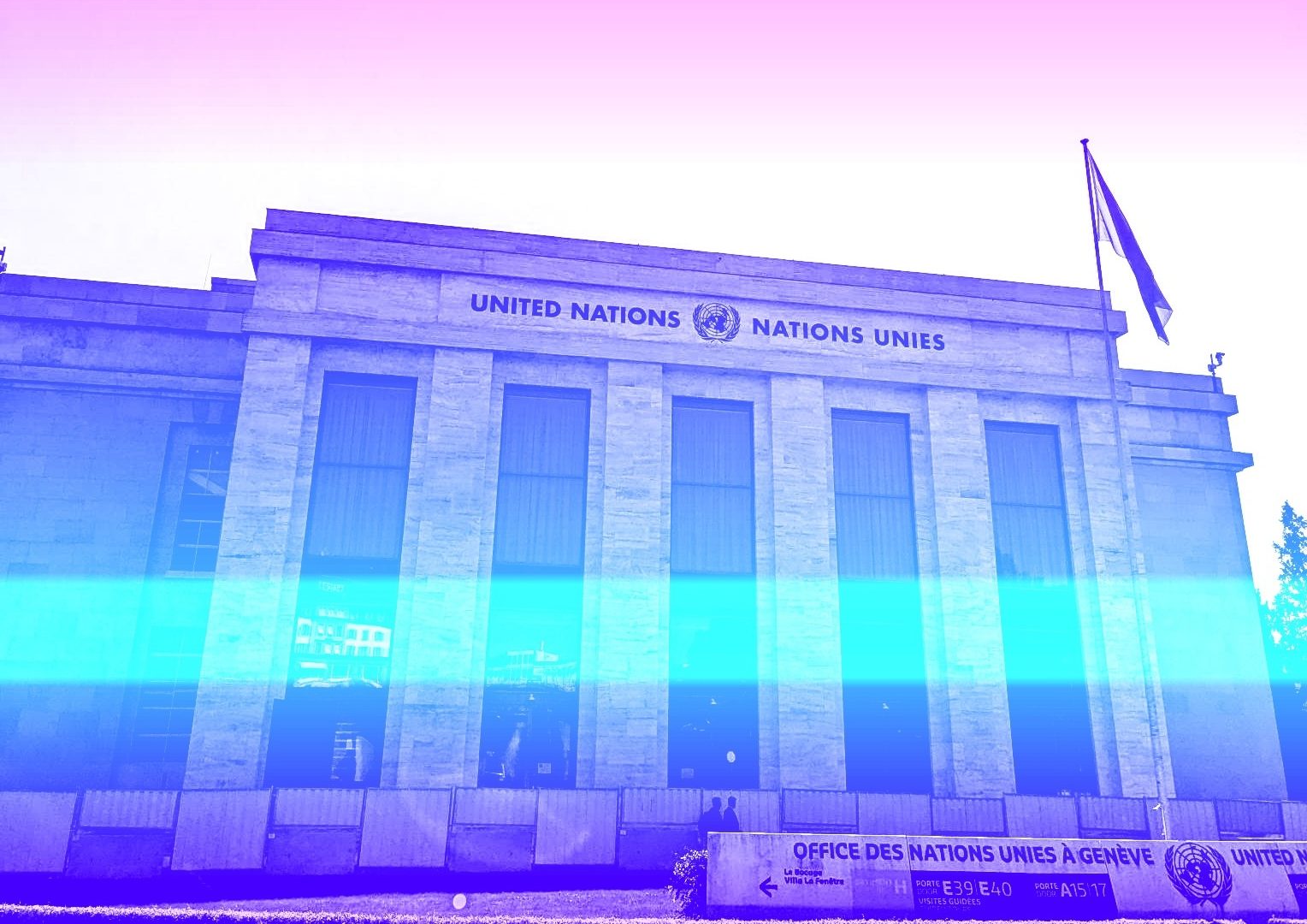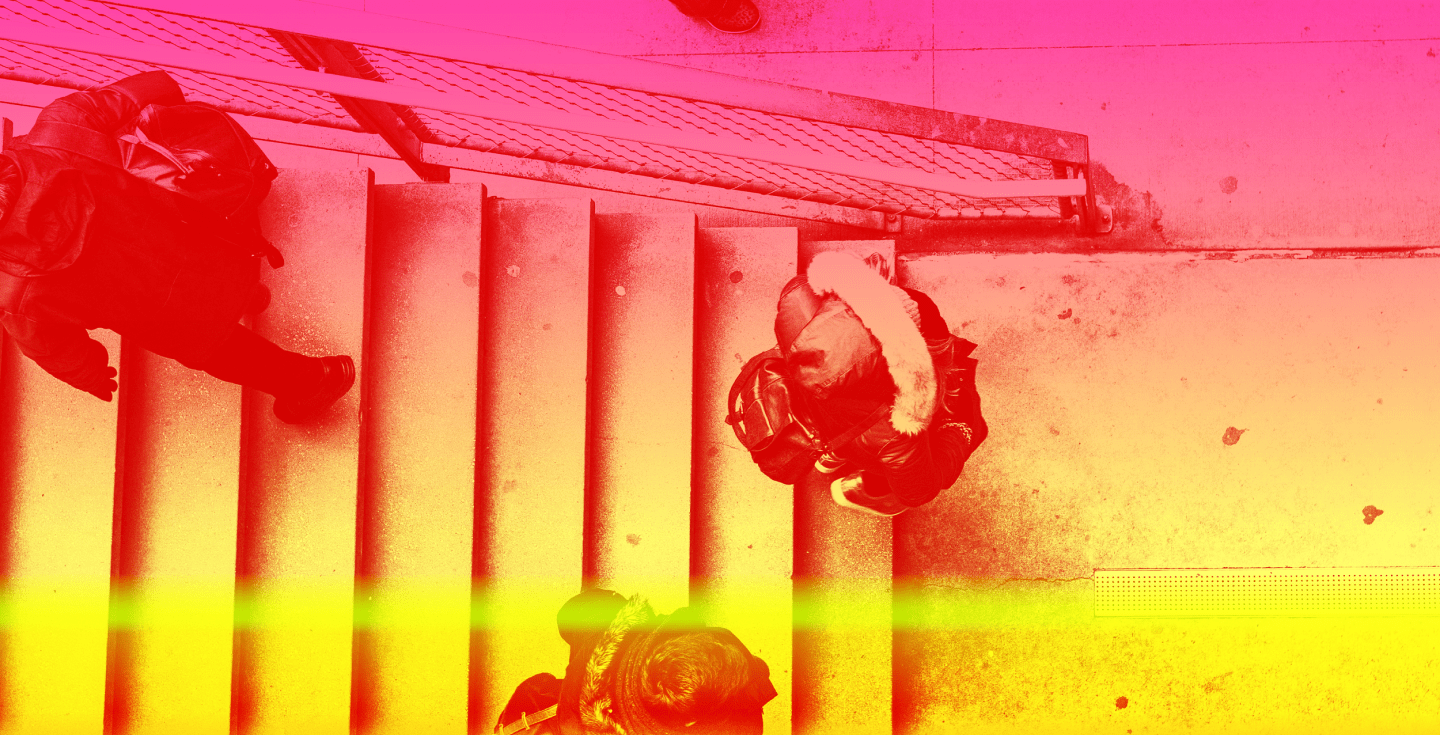
First CCW meeting after UNGA resolution maintains status quo
The annual meeting of the High Contracting Parties (HCP) to the Convention on Certain Conventional Weapons (CCW) concluded on 15 November without notable progress
From 13-15 November, the 2024 Meeting of High Contracting Parties to the CCW met in Geneva to discuss work on autonomous weapons, other disarmament issues covered in the Convention’s protocols, and administrative matters. This is the first meeting of the CCW following the adoption of resolution L77 at the United Nations General Assembly in New York earlier this month.
While the first few agenda items were quickly agreed on the first day of the meeting, progress stalled when the Russian Federation blocked the adoption of the Rules of Procedure. Much of the day was squandered trying to resolve this, but eventually states agreed to continue the meeting informally. This refusal to adopt the Rules of Procedure forced the meeting to do its work informally, meaning the livestream was cut before any substantive work was discussed. This raises serious concerns about the transparency and inclusivity of the CCW as a forum that can adequately respond to the real and pressing challenges posed by autonomous weapons. Observers, international organisations, and civil society are increasingly blocked from meaningful participation at the CCW as the consensus-bound forum is forced to bend to the will of states that weaponise the Rules of Procedure to restrict observer participation to certain sections of the meeting and to predetermine what can be included in observer statements. Luckily, in this instance, civil society were not ejected from the room, but were allowed to participate in and observe the substantive parts of the meeting which took place on the second and third days.
The meeting included an update from the Group of Governmental Experts (GGE) on lethal autonomous weapon systems Chair, Ambassador Robert in den Bosch, which outlined the group’s 2024 work. The highlight of his update was the introduction of the rolling text to the GGE meeting. Introduced at the August 2024 GGE meeting, states are using this working document as a place to collaborate and find consensus on language that could be used in potential elements of an instrument on AWS. The text includes sections regarding characterization, preliminary considerations, regulations and prohibitions, and the application of (IHL) to autonomous weapons, among other items. Despite appearances, this text holds little weight in the final outcome of the group’s work as there is no requirement for states to adopt whatever final version of this text they produce.
Nevertheless, states stand by this text as a demonstration that there has been progress at the CCW after more than a decade of discussions on autonomous weapons. Following his report to the room, the GGE Chair held an informal meeting, privy only to High Contracting Parties, on this text, which will be carried through to the group’s 2025 work. The exclusion of observers from this meeting exemplifies the concerning trend of restricted participation at the CCW. Further, it shrinks the group involved in the shaping of a potential instrument to protect all of humanity against automated harm.
Events over the past year demonstrate the devastating and unacceptable harm that can result from seeking to increase the speed of violence through artificial intelligence (AI) and automation. Weapons with concerning levels of autonomy are now being used in conflict, contributing to digital dehumanisation and the erosion of meaningful human decision-making and control. Unfortunately, diplomatic efforts at the CCW are currently outpaced by national weapons development programmes as this forum continues to operate with the lowest levels of ambition that allow for little chance of tangible progress. Voluntary, half-measures are wholly inadequate to protect our shared humanity from the threats posed by removing human control over the use of force.
Critical issues remain missing from the current discussion at the CCW, including the grave ethical concerns with autonomous weapons systems designed to target people, and serious implications for human rights. The recent UNGA resolution enables informal talks on autonomous weapons in New York for the first time and welcomes participation from states who are not party to the CCW to contribute substantively on the topic. Further, it allows states and observers to comprehensively and substantially address the range of issues AWS raise in a forum that cannot be stymied by abuse of consensus.
In our statement, Stop Killer Robots urged states to strengthen the rules-based order and to take steps to safeguard humanity from automated violence through the negotiation of a legally binding instrument on autonomous weapons. We lamented that the CCW has been unable to deliver tangible outcomes for over a decade and that a small number of militarised states clinging to this forum went to significant lengths to drastically lower the ambition of the UNGA resolution which ultimately limits formal work towards an instrument to the confines of the CCW, for the time being.
States have committed to completing their current work in the Group of Governmental Experts (GGE) “as soon as possible, preferably before the end of 2025,” and last month’s resolution at the UN General Assembly (supported by 161 states) urged states to fulfil this promise. The pressure is on states to demonstrate that meaningful progress is achievable within the CCW forum – a tall order given that the CCW cannot even agree on its own Rules of Procedure. Yet, as ever, we stand willing and ready to support states who are looking to make progress. In his report on autonomous weapons systems, the UN Secretary-General reiterated his call for states to conclude negotiations on a legally binding instrument by 2026. He also reminded them that “time is running out”. We are watching for an outcome by the end of next year – now it’s time for states to act.


